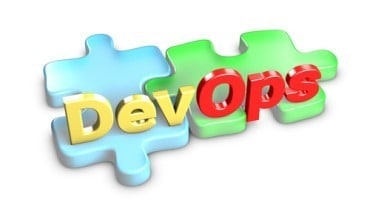
Deployment of full-stack observability can reduce outage cost for organizations and improve uptime, but costs are increasingly an issue.
New Relic has published its annual Observability Forecast report, which surveyed thousands of technology professionals to get a comprehensive look at how the observability market has changed over the past 12 months and what we can expect in the near future.
Most of the key findings pointed to fewer outages across the board in 2023. Organizations that have deployed full-stack observability had a higher amount of uptime and lower costs for a single outage, in comparison to those without any observability deployment.
SEE ALSO: The Future of Data Management: Consolidation, ROI and Observability
According to New Relic, the median annual cost of high impact outages was $7.75 million in 2023, however, for organizations with full-stack observability, this cost dropped to $6.17 million on average. Without observability, the average organization paid just under $10 million in outage costs, although 12 percent of respondents did not know how much an outage cost.
For organizations that have adopted observability as a solution for outages in the past 12 months, 64 percent said it had improved mean-time-to-repair (MTTR) to some degree. It was one of the primary benefits of observability, with 40 percent saying it had improved system uptime and reliability. Increased operational efficiency and security vulnerability management were also noted as observability benefits.
Organizations that utilize full-stack observability noticed even more benefits than those without, this included quicker detection and resolution of high impact outages, fewer outages per month, lower cost per outage, and unified telemetry data. When discussing the cost benefit of observability, more than half of respondents said adding the technology has been worth over $500,000 or more a year, with 41 percent claiming the value to be more than $1 million annually.
As one of the leaders in observability according to Gartner’s Magic Quadrant, New Relic has a stated interest in making the benefits of observability outweigh the negatives and alternatives. That said, the report does mention quite a few challenges which professionals are finding with observability vendors.
A growing one in 2023 was the cost of full-stack observability, with over a quarter of respondents citing that as a key challenge. That’s much higher than the previous year’s report, and indicates that budgets are getting tighter and observability platforms are starting to become less cost effective. According the report, 80 percent of respondents have experienced pricing or billing issues in the past 12 months. About half of those issues come from a steep rise in data growth which has caused their observability bill to balloon, and 32 percent have complained about having to pay for unwanted items bundled into their package.
Fewer respondents had issue with understanding the benefits of observability, which does indicate that the technology is starting to become more understood and accepted by organizations. However, observability platforms will need to heed the warnings of this report and ensure that most organizations can afford to continue utilizing their platform.
Even with these challenges, the future for observability looks bright. More than three quarters of organizations intend to deploy at least one new capability next year, and 47 percent plan to train staff on how to use existing observability tools. Network, database, and security monitoring topped the lists of what organizations plan to deploy in the next one to three years.




























